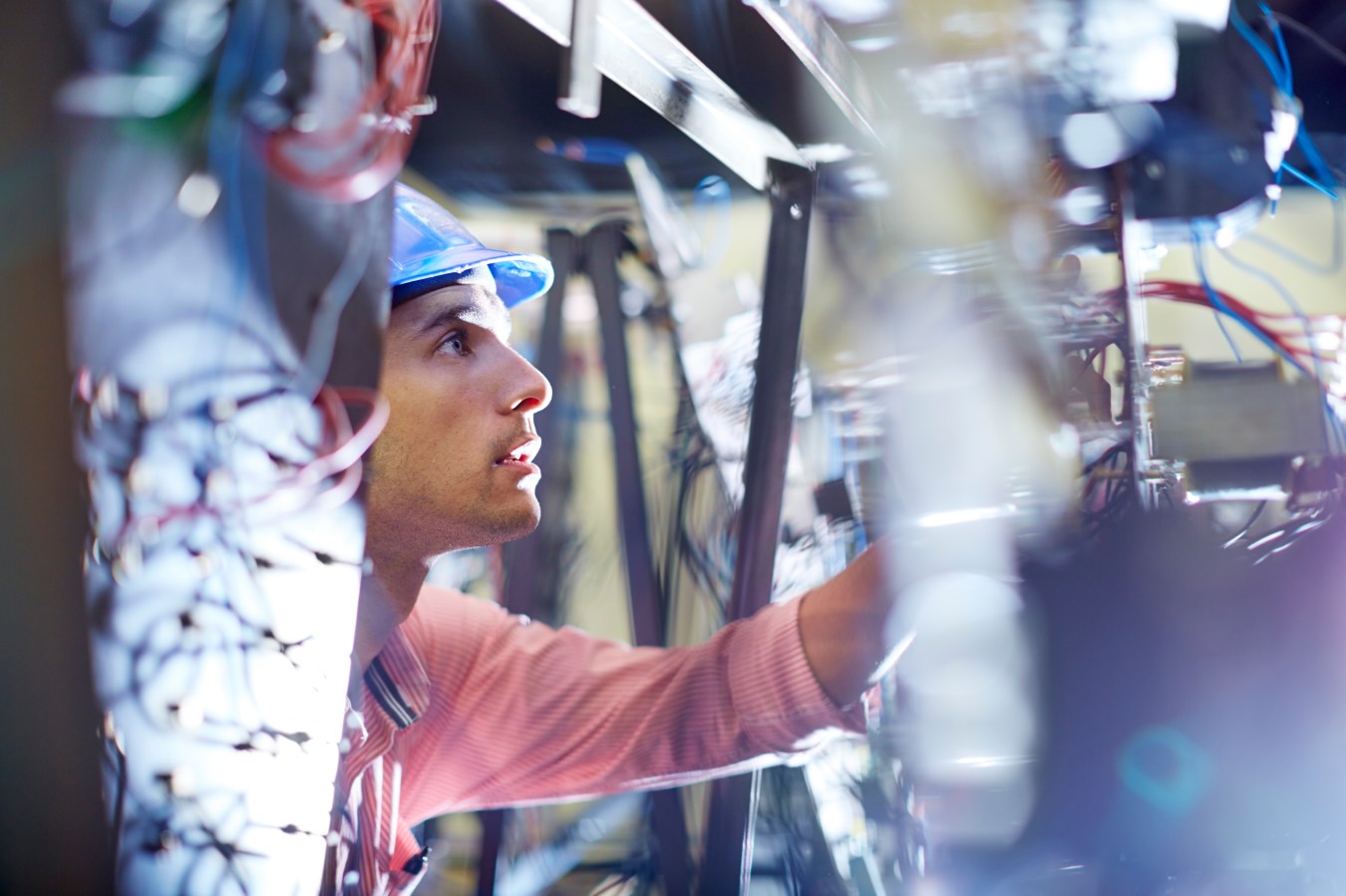Cloud computing giant Amazon Web Services will invest $13.2 billion in Australia over the next five years, the company announced today.

Despite global economic headwinds, AWS was committed to the investment, according to Iain Rouse, the company’s public sector director for Australia and New Zealand.
He said that building more fibre-network infrastructure would take up $730 million of the total, enabling high-speed connections between AWS’s different zones of operation. “And the rest of it is on proprietary software, hardware, and the physical infrastructure.”
But the exact breakdown of the spend had not yet been determined, Rouse said.
“It could be engineering-type jobs, it could be communications type jobs, it could be installing new equipment at existing data centres. It could be net new data centres,” Rouse said.
“Fundamentally, the investment is about making sure that when folks wake up every single day, things just work, because at the core of it, a lot of enterprises and government service these days are based in the cloud and specifically based on AWS.
“That $13.2 billion is, in our estimates, what customers need us to invest so that we keep pace and a little bit ahead of what our customers’ and partners’ demands are.”
The figure could, however, grow, if businesses moved to the cloud faster than anticipated, Rouse said. “This is not a cap, but it’s an absolute commitment as to what we are doing over the next five years.”
The investment was about predicting what customers would need before the customers knew they needed it, he said, using Qantas’s booking system as an example.
“You don’t want to time out when you’re trying to book the cheapest fare and you don’t want to be screaming at the computer hitting the refresh button waiting for it to come back up.”
Iain Rouse, AWS public sector director, Australia New Zealand
“So Qantas puts flights on sale, for example, and they have a million new seats available. They don’t have to go and buy hardware. They don’t go buy servers, they don’t go and build data centres. They just scale up on the cloud. And that’s an agility component where customers can flex up and down and they can obviously satisfy user demand without having to have massive capital expenditure deals on their own side.”
AWS announced in January it was creating a new region based out of Melbourne, splitting it away from the existing Asia-Pacific (Sydney) region, but it’s also breaking the regions into smaller zones. “We’ve just announced a ‘local zone’ in Perth and we’re going to launch a ‘local zone’ in Brisbane very soon.
More from Forbes Australia
“Customers in Perth … don’t want it to go across the Nullarbor and back again to book that flight, to book their rideshare, to complete their census form. And so we will continue to build infrastructure as close to customers as possible. And we’re going to do that for the foreseeable future.”
Amazon aims to reach 100% renewable energy in Australia by 2025. A windfarm being built in Hawkesdale, Victoria, will add 717,000 megawatt hours to the 392,000MWh it draws from two solar farms in NSW – the equivalent of the power used by 110,000 homes.
AWS Pty Ltd, is a subsidiary of Amazon.com Inc in the US. It says it has already invested more than AU$9.1 billion in Australia since arriving in the country in 2012.
A study it commissioned claims that the past investment added $19.2 billion to Australia’s GDP, and that this new spend will add $35 billion to the economy, creating 11,000 full-time-equivalent jobs through the economic multipliers.
Globally, Amazon Web Services (AWS) was reported to have generated revenues of US$80 billion in 2022. In Australia, its revenue was reported to have grown from $1.1 billion to $2.7 billion last year.

AWS has experienced stellar growth. In the global company’s earnings report in February, the cloud division’s growth rate dipped to 20%, down from more than 39% the previous year, and it was flagged that the growth would dip into the mid-teens this year. So despite the growth, AWS employees have not been immune from the mass layoffs afflicting the broader company.
Asked how the $13.2 billion investment figure was arrived at and whether it was difficult to get approval for such an enormous figure from head office, Rouse said the amount was calculated based on GDP, population, diversity and the demographic spread. “We’ve got 10 years of customer/partner behaviour to work out that this is the right thing to do … So across that 10-year period, we’ve invested $9.1 billion, which is why we can now calibrate to say, ‘Yep, this is the next set of great decisions we can make.’
“Yes, there are global approvals that are required. Once those approvals are made, though, we just have to get on with the job and start building and installing, and that’s what we’re up to now.”
Iain Rouse, AWS public sector director, Australia New Zealand
The investment does not include the construction of Amazon’s new Collins St, Melbourne, headquarters due for completion at the end of this year.
Amazon entities employ more than 7,000 people in Australia.
Rouse said the investment was also separate from cloud services training. “We’ve trained 300,000 people directly since 2017. I mean, universities will typically graduate between 10 and 30,000 students per year.”
Kate Pounder, CEO of the Tech Council of Australia, said in a statement that investments from tech companies like AWS had an “outsized positive impact” on the economy.
“Not only do they bring the direct financing and jobs, but their cloud infrastructure has also enabled the growth of a globally competitive Australian software sector, which has become one of the most successful new industries created in Australia in decades,” Pounder said.
“The support for digital skilling also enables our workforce to learn from leading tech companies, with spillover benefits across the Australian economy.”
In a nod to the size of the investment, Prime Minister Anthony Albanese released a statement:
“The Australian government acknowledges AWS’s investment into the nation over the past decade and welcomes its planned investment over the next five years, the full-time jobs supported annually and contribution to the nation’s GDP.”





